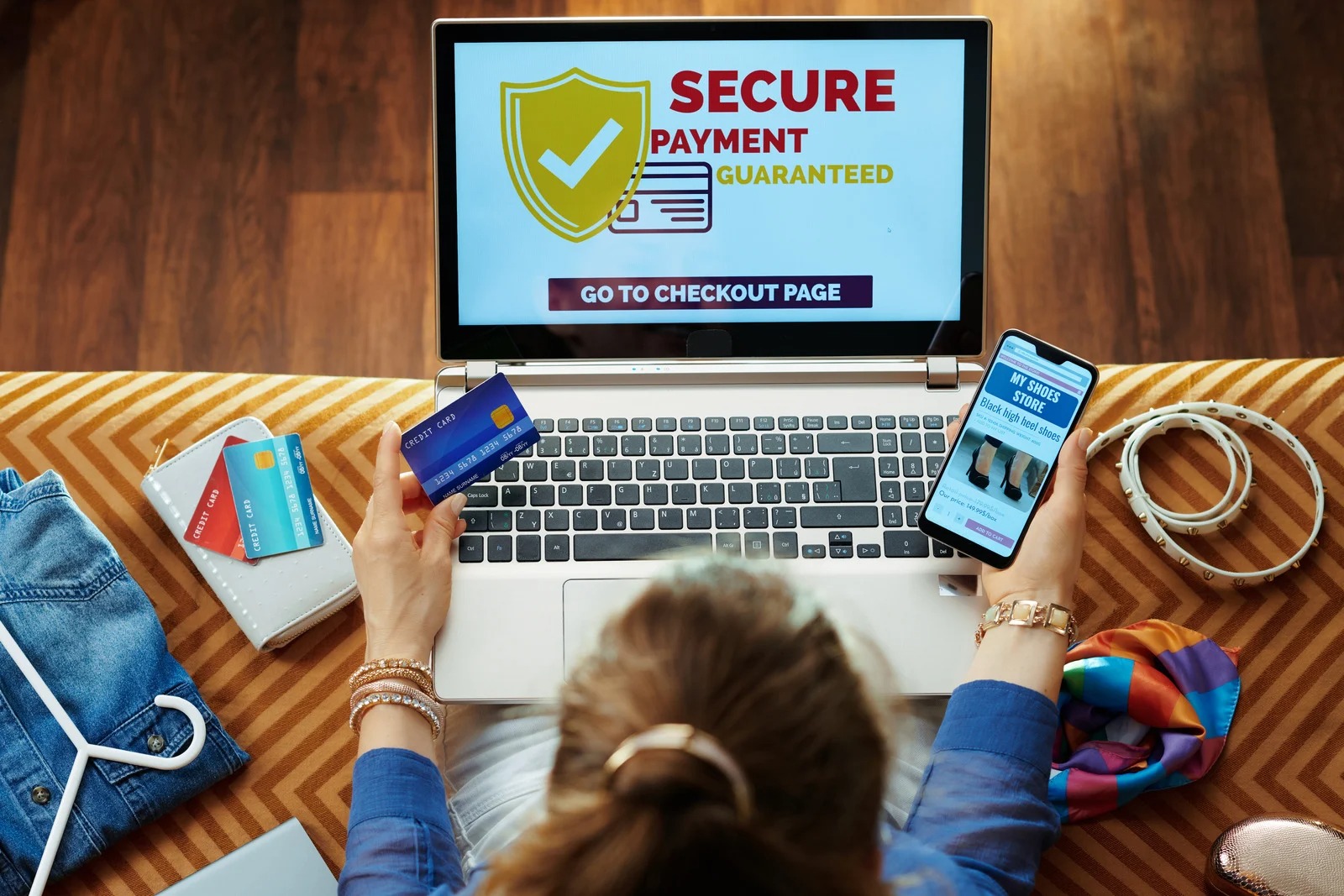Studying at home is convenient, quick, and seemingly beneficial. Today, you can see ads for courses in marketing, design, programming, and psychology in almost every feed. Everything is beautifully designed, with promises to "teach from scratch," "guarantee employment," and offer a diploma – even today. But beneath the flashy wrapper often lies plain deception. With the growth of distance learning, more people are trying to profit from others' desire to develop. In reality, the scheme is simple – create a website, invent a "unique method," pose as a school, and wait for payment.
The payment is transferred, and that's it. The material is not what was promised, the certificate is fake, and there are no teachers. Or no one responds at all. There are plenty of such cases. Scammers adapt to any field of education. For example, IT specializations, copywriting, or SMM. Today one thing is trendy – tomorrow another, and fraudsters switch instantly. They don't teach but just adapt to the market.
How Scammers Disguise Themselves
Fake websites are increasingly being made as carbon copies – logo, reviews, teachers who don't exist. Often, they use a name similar to a well-known platform, differing by just one letter. The user won't notice, especially if everything is neatly designed.
They promise that after the course, they will issue a state-standard document, but in the end – fake certificates. They look impressive – stamps, signatures, even QR codes. But no organization recognizes such papers, and they are not listed in any registry. Sometimes they provide pre-recorded educational videos that are already publicly available. There's no support, no assignments, no feedback. This is classic education fraud.

Some sites charge for registration for a webinar or marathon. In reality – they just collect prepayment, and then nothing happens. The personal account doesn't open, the materials are "still in development," and tech support is silent. Everything is built on the belief that "since I've paid, I'll definitely get something." In reality, it's a trap. It's hard to get the invested funds back, especially if the money was sent through unofficial payment systems or directly to an individual's card.
What Should Immediately Raise Suspicion
Some signs can be noticed even before payment. The main thing is not to rush. Usually, they pressure with urgency. "Last day of discount," "3 spots left," "Only now a certificate as a gift." All these are traps. Here are signs to pay attention to:
- no open information about a license, legal entity, or individual entrepreneur;
- in the contract (if there is one at all), everything is vague and unclear;
- teachers cannot be found or do not respond;
- no free materials or introductory lessons;
- promises are too loud and unrealistic.

Sometimes fake reviews are created on third-party sites. Such comments are usually uniform, with excessive enthusiasm. Real students, as a rule, write more about what they liked, what didn't suit them, where there were problems. If everything is too perfect – it's a reason to be wary. It's important to remember that learning is a conscious decision, and if it's made in 5 minutes, there is a chance of falling for online course fraud.
Important Actions Before Payment
The most important thing is to check the school before payment. It's better to spend some time on this than to spend weeks trying to get a refund through the bank. Be sure to check the website, availability of documents, real reviews, teacher data, legal address, and details. Real schools don't hide anything. They are transparent – who teaches, how much it costs, how to get a refund, what the course includes.

Conscientious platforms always publish a contract, indicate their licenses, and teachers do not hide names and profiles. It's also worth checking if there are contact methods listed on the site besides email. For example, phones, office address, social media pages. The more contact channels, the lower the risk.
How to Get Your Money Back After Unsuccessful Learning
Falling for education fraud is unpleasant but still fixable. In some cases, you can try to get back at least part of the spent money. It all depends on how the payment was made and what evidence remains. The sooner actions begin, the more chances there are.
If the payment was made via a bank card – first thing is to contact the bank. You need to immediately file a chargeback request. Attach screenshots of the site, receipt, correspondence, promises, facts of non-provision of services. The clearer the essence is stated – the better. Sometimes this is enough for the bank to start the refund process.

If the course was paid for by transferring to an individual's card, getting the money back is much more difficult. This method is often used in online course fraud because it is non-transparent and poorly tracked. But there is still a chance. You need to write a statement to the police, attach everything related to the payment and course, and indicate that the service was not provided.
Besides official steps, it's important to inform others. Scammers profit from trust. And when information spreads, trust decreases. This is especially important in the case of fake schools that use someone else's names or pose as licensed platforms. Cases where education fraud becomes widespread often get into the media. And only through publicity can blocking of sites and initiation of cases be achieved.
